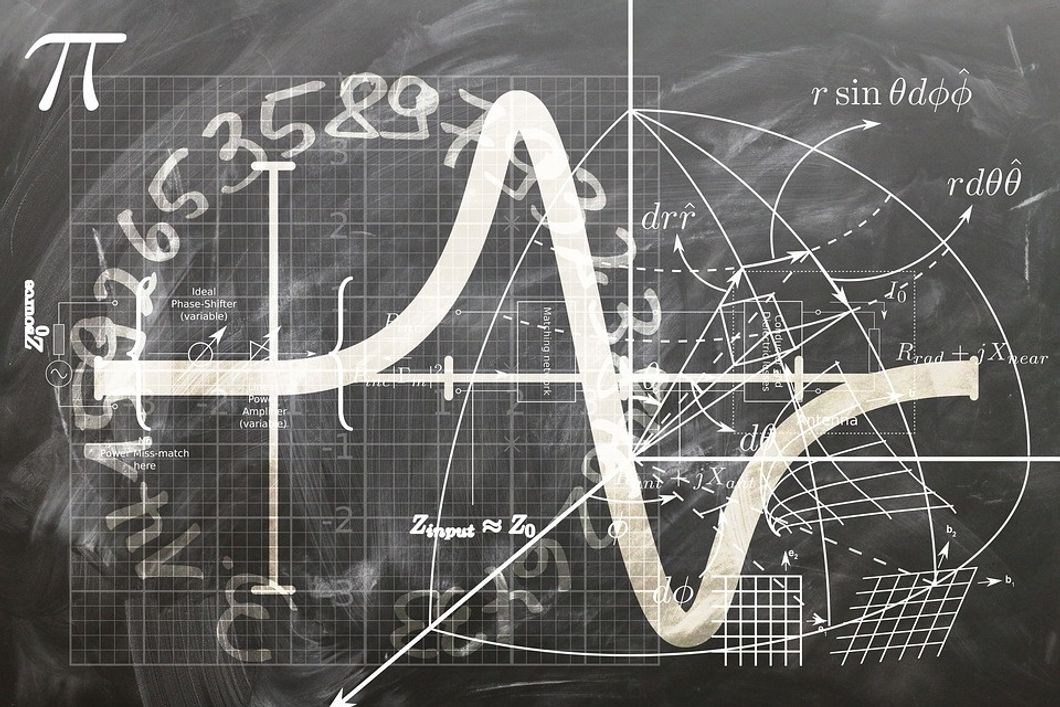Science has been something that I have always had a profound interest in. My grandfather was a biology teacher, and he instilled a love of animals and the world in me when I was a small kid. As I grew older, my interest in science waned into more concentrated disciplines. Biology, psychology, and medical science became the most fascinating to me, while physics and geology slipped under my radar. However, I recently became interested in the Simulation Hypothesis, which states that we may be living in a simulation.
I spent hours pouring over quantum physics and arguments against the hypothesis, desperately looking for confirmation that this theory wasn't true. In the end, I relied on Occam's Razor to come to the conclusion that we are most likely not living in a simulation. However, this quest for knowledge ignited my interest in quantum physics and mathematical science in general.
Which leads me to the main point of this article: quantum physics, especially the Copenhagen Interpretation, is massively misunderstood. The Copenhagen Interpretation is a collection of views regarding quantum physics based around the results and beliefs of Niels Bohr and Werner Heisenberg. Essentially, the interpretation states that quantum systems exist in a superposition, unable to be charged until an observation is made.
Observation is a misleading term, however, and has inadvertently led to the rise of theories of how consciousness creates the universe around us. However, observation really just means an interaction of particles. This is derived from the famous double slit experiment.
The experiment is this: when we fire a stream of electrons towards a screen with a panel containing two slits in the middle of it, we would expect that the electrons go through the slit and form two distinct bands on the screen behind the slits. However, this is not the case. Instead, we have an interference pattern of electrons mostly concentrated in stripes not correlating with the slits in the panel. When we observe these electrons, however, they behave as if they go through the two slits as hypothesized.
The results have led to the theory of the superposition. A superposition is the natural state of a quantum particle. It cannot be exactly defined because it can be anywhere at once, essentially. Only observation gives us an exact placement of the particle, but even then it still changes states and trajectories to reflect the observation.
This leads to the main function of quantum mechanics. We cannot predict a quantum particle's position or momentum to be in a specific place 100% of the time. We can only predict the probability of where a particle will end up. This is called the wave function. The wave function is a tool we use to predict the probability of where a particle will end up upon observation. When we observe the particle, the wave function collapses and the particle is forced to choose one path.
We can never know with 100% certainty about particles, though. Heisenberg's Uncertainty Principle tells us that in order to observe, a change to the system must be made. We try to make the least amount of change into the system when we observe, but Heisenberg's principle is always obeyed. The uncertainty principle, the wave function, and quantum states of superposition make up the foundations of the Copenhagen Interpretation and quantum physics in general.
However, quantum physics is often misunderstood. Conscious beings are not the only observers. They can be rocks, planets, cameras, or any other macroscopic object that obeys classical physics. This explains how the universe formed and didn't go into a superposition right after the big bang. Many people flock to the old analogy that Einstein used: that the Moon isn't there when we don't look at it.
However, this is false because the Moon is a macroscopic object and has undergone quantum decoherence, which is to say that all of the particles in the Moon interacting with each other has produced a consistent and reliable state of being for the Moon. It is still there when we don't look at it, as it's your house, your dog, or your car.
The big challenge for quantum physics now is to determine where the threshold lies in quantum decoherence. How big does an object have to be to decohere? What is the biggest covered object in the natural universe? How big of an object can we send into a quantum state? The answers lie in science, and science will take up that challenge! But this quest for knowledge shouldn't scare us. Any answer that we get will be rational, in the end, and it will not reveal some eldritch truth about our existence as humans nor the existence of the universe in general.












